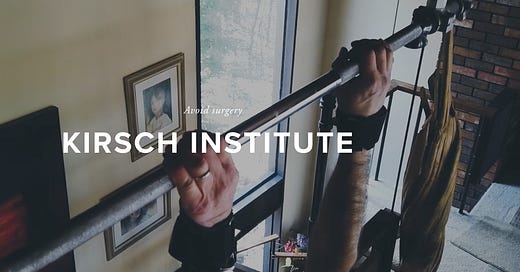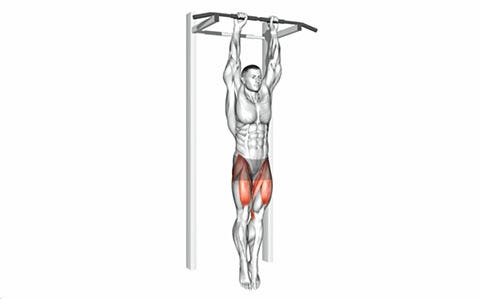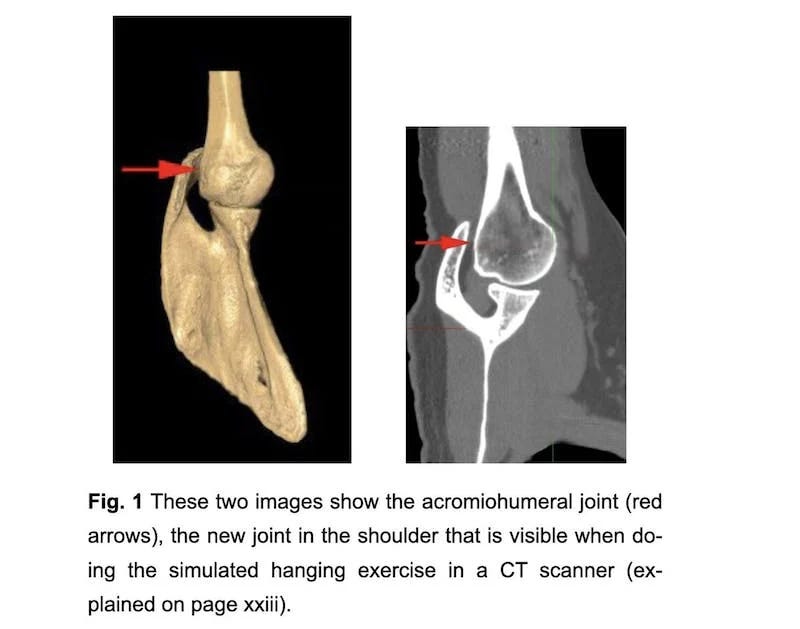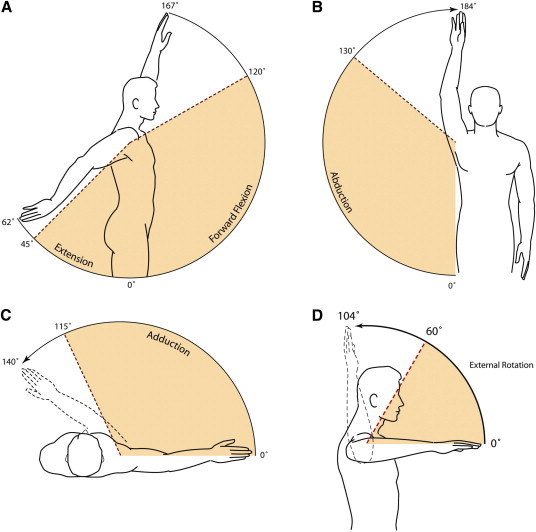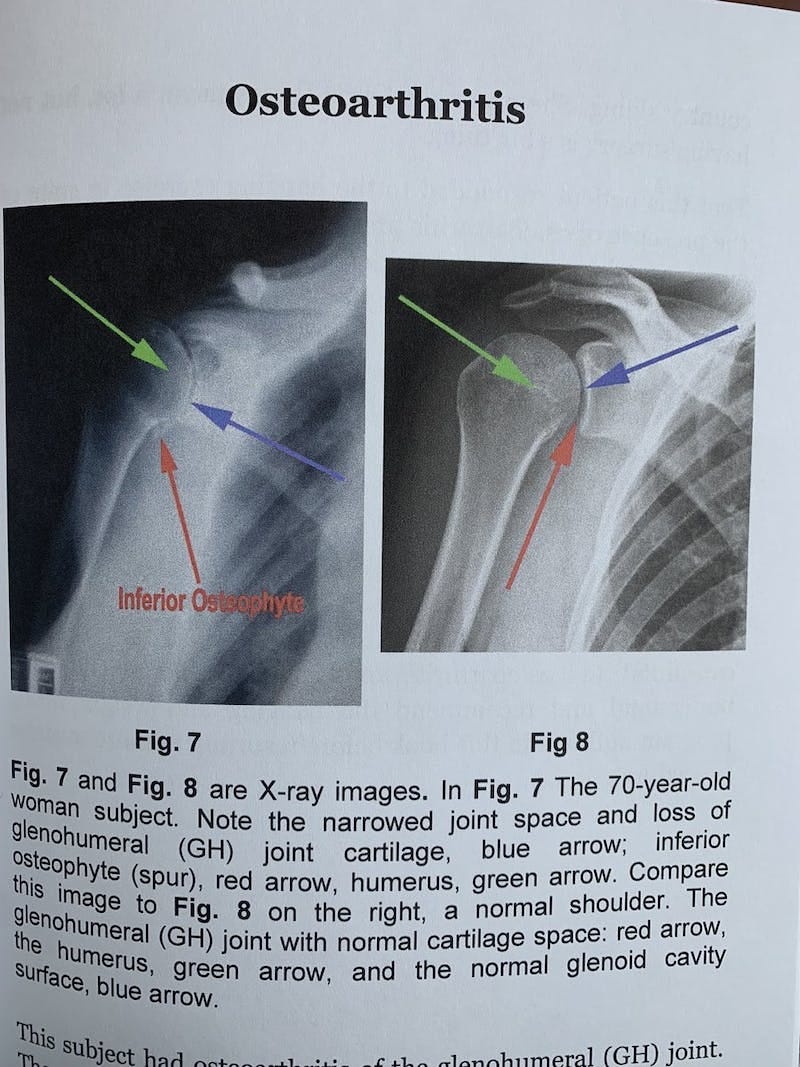In 2022, I made a recommendation on twitter: Do Your Dead Hangs.
The Dead Hang refers to hanging from an overhead pullup bar. You allow your entire body to relax, aside from you grip,
This one thread received millions of views, and within a few weeks I was receiving daily messages from people who had experienced major benefits from dead hangs.
Some of the more common ones
-Improved shoulder mobility
-Improved grip strength
-Improved posture
-Reduction and dissipation of low back pain
Since that time I have made more videos and content about Dead Hangs, the testimonials continue to pour in.
I did not expect to become a Dead Hang specialist of sorts, but the interest in the exercise has been higher than practically any other Ive ever shared and talked about online.
Lets dive into the back story between the exercise.
Dead Hangs have existed for as long as human beings have been exercising. The ability to use our arms and hands to pull our body overhead is an ancient ability.
Oddly enough, it has only been in the last few years that dead hangs have reached the public conscious.
The typical explanation given is they traction and decompress the shoulder, and create space in the joint.
This explanation may sound sufficient, but I am BroScientist, and I want a more informed understanding of the mechanisms beyond soundbites.
How does it decompress? What is physically being stretched and strengthened?
Show me, dont just tell me.
Dr. Kirsch was a practicing surgeon for 33 years, and he specialized in shoulders. He himself experienced severe shoulder pain in the early 1980s (this was before mini cameras were developed for arthroscopic surgery) and realized how bad the situation was one day when playing with his kids, and he was unable to raise his arms overhead to climb a ladder on a jungle gym.
Dr. Kirsch set out to fix himself.
His solution to his shoulder pain was elegantly simple.
Dead hangs, done in sets of 30 seconds to one minute. (dead hangs can be graded to accommodate any starting level by offsetting bodyweight and changing the position of the overhead implement. It does not need to be directly overhead when you start)
And later on, he began to add in strengthening exercisesMulti directional lateral raises (very similar to what ancient greeks did in fact, and what modern gymnasts and smart bodybuilders do today)
-Front raises, all the way overhead
-Lateral raises, all the way overhead
-Posterior Extension Raises
These would be done for 30-40 reps, starting with very light weight to no weight at all
This Strategy WORKED
But Dr. Kirsch was a scientific man, he was not sure WHY it had worked, and being a surgeon it was integral to his surgical practice that he understood what changes had taken place within the shoulder joint
What he found was an Undiscovered JOINT.
He deemed this the AcromioHumeral joint, the alignment of the acromion and humerus (upper arm bone) and the creation of a joint space that had never been mentioned prior in any medical literature.
What he realized is that while the shoulder joint is not primarily weight bearing, it is weight SUSPENDING.
You have likely heard that the shoulder is a “Ball and Socket” joint.
Here is what that actually looks like
The humerus (the upper arm bone) loosely fits into the “Socket”, called the Glenoid Fossa, which is part of the Scapula (the shoulder blade). The bone on top is called the Acromion, which is also attached to the scapula, as well as the collar bone (the clavicle)
Why is this Relevant? Because your Shoulder blade and your collar bone and your arm are ALL part of the Shoulder joint.
Your shoulder joint has a massive range of motion, the largest of any joint in the body
The Shoulder Joint is Unique in that its major functions are Weight SUSPENDING motions. Eg, your shoulder joint is evolved to have force transfer through it through pulling motions.
Your shoulder joint consists of your humerus, your clavices, your scapula, and ALL the muscles that attach to them.
Anytime you do any type of pulling exercise or deltoid raise, all of these muscle and joints are coordinating and transferring force.
To function properly, the shoulder joint needs to perform pulling movements and overhead movements.
To simplify that…
We have the ability to hang from our hands, and our shoulder structure is such that this is a comfortable position. The musculature of the upper back and lats line up and are very strong. We can pull ourselves up from a dead hang (a pull-up) all the way an upright position if necessary, a muscleup. (obviously if you are weak, and fat, and weak and fat, you probably cant do this)
The Overhead position that occurs during a Dead Hang does more than simply "create space" in the joint, it REMODELS the Acromion bone itself over time and changes the orientation of the humerus within the joint as well.
You can see this in the image below
This discovery was groundbreaking. The dead hanging was so effective not because it was simple traction, but because it had joint remodeling effects on the bone structure of the Acromion. This improved the health of the subacromial bursa, and strengthened the coracoacromial ligament.
These changes were seen in CT scans and in Xrays of Dr. Kirsches patients who used the dead hanging protocol.
Dr. Kirsch did a case study on 92 patients (majority had been diagnosed with shoulder impingement), having all of them dead hang daily The improvement in shoulder pathology was extraordinary, 90 of them experienced significant reductions in pain & improvements in daily function.
Dead hanging was accomplishing for free what multiple shoulder surgeries attempt to fix. This was a breakthrough in orthopedic medicine.
When Dr. Kirsch went to publish his work though, he was met with resistance
Shoulder surgery and shoulder replacements are a billion dollar business, and Dr. Kirsch found out what many other well meaning and altruistic doctors find out,
BIG MEDICINE DOES NOT CARE ABOUT SOLUTIONS IF THEY DETRACT FROM PROFITABILITY
Dr. Kirsch originally tried to submit his research for academic publication in 2004, but was declined by the journal he applied to. He decided to make his research public then, but found that most orthopedic surgeons and the professional community at large was not particularly interested.
The most interest came from physical therapists, chiropractors, and sports trainers. Which is how I myself found his book and his institute online.
www.kirschshoulder.com
How To Properly Perform a Dead Hang
Use a secure overhead pullup bar that you KNOW can handle your bodyweight, and that is comfortable to grip . A thinner bar that cuts into you hands or a thicker bars are not optimal.
-Optimally you should use an overhead bar that is high enough that you can suspend your full weight from. A bar that is too low wont work as well.Grip the bar shoulder width apart, with a pronated, overhand grip (palms facing away from you). Your thumb should be wrapped around the bar
-Do NOT jump to the bar. Use a step of some kind if the bar is particularly highWith the arms straight and grip secure, allow your feet to hang
Do NOT try to keep the shoulder blades retracted. Do not tense the body. Do not suck in the abdominals. The ONLY muscles that are active is your grip.
Hang for at least 10-20 seconds. If you feel popping, cracking, stretching sensations in your shoulders, spine, pelvis, that is all normal
-So long as these sensations are not acutely painful, you are fine.Slowly step down and release your grip. Rest 2-3 minutes, and then repeat for your desired length of time.
Start with a goal of one minute cumulative of hang time, and then build over time to hanging 4-5 minutes total.
The same way "knees over toes" restores knee function, arms over shoulders restores shoulder function.
Benefits of the Dead Hang
Dead Hangs Restore the Overhead Range of Motion Most People Neglect
-as you learned above, the shoulders have a massive ROM, and the overhead position is the most ignored. Training this position will restore mobility to the shoulders that has been lostDead Hangs Mobilize the Scapula
-The shoulder blades are meant to move smoothly across the rib cage, when they do not, this creates restrictions and dysfunction in upper body exercises and overall mobility. If you suffer from tightness in the shoulder blades, dead hangs may be a remedy for thisDead Hangs Strengthen the Grip
-Dead hangs are obviously a grip exercise. If your hands are weak the first time you do them, be confident that they will become stronger over time.Dead Hangs Stretch the Rib Cage
-All of the muscles that attach your scapula and humerus attach to your torso. A dead hang actively stretches all of this connective tissue and mobilizes the rib cage. The ribs are not static, immovable bones. Your rib cage can expand and compress, and dead hangs stretch the cartilaginous tissue in a way almost no other exercise canDead Hangs Traction the Spine
-When doing a Dead Hang, the opposing forces of the weight of the lower body and the stretching of the upper body creates a traction force on the spine, pulling it in two directions. Your upper body is pulling your spine up, your lower body is pulling the spine down. This is has a decompression effect and is probably responsible for the alleviation of back pain that many people experience
This traction effect leads to many people experiencing a popping/cracking/shift sensation in their spine and sometimes pelvis. This is NORMAL. If you find the dead hang too intense, do no hang with your full bodyweight. Put your feet on the floor (or any kind of elevated surface, a box or plate maybe) and reduce the intensity this way.
Dead Hang Mistakes
If it is your first time doing dead hangs, do not use your full body if you are overweight and deconditioned and your grip tires out rapidly. Do them with your weight offset by putting your feet on the floor.
Do not do them with 1-arm at a time more than twice a week. Hanging with 1-arm is far more intense obviously with the loading and this can lead to tendinitis if you overdo it.
Do not retract your scapula. I do not know why people insist on doing this, but it defeats the point of the dead hang.
The underhand grip position is NOT the same as the pronated position, due to the external rotation of the humerus. Stick with the pronated position for your dead hangs.
Do your dead hangs at the end of your workouts, or entirely separate at at different time of day. Doing them at the beginning of a workout will fatigue your grip unnecessarily.
